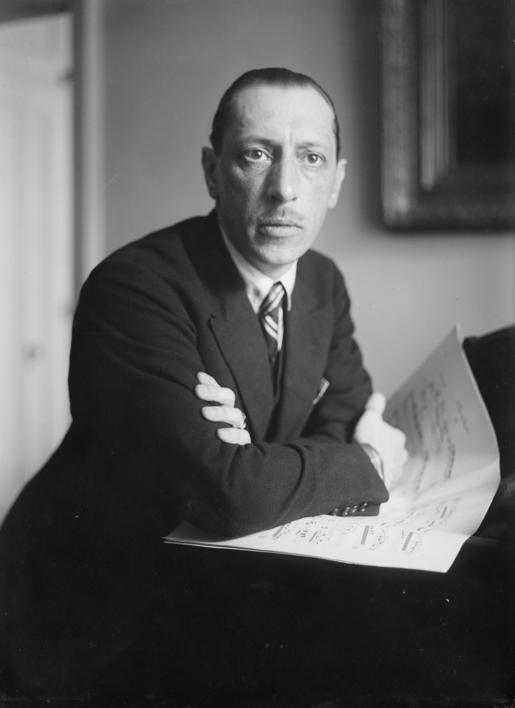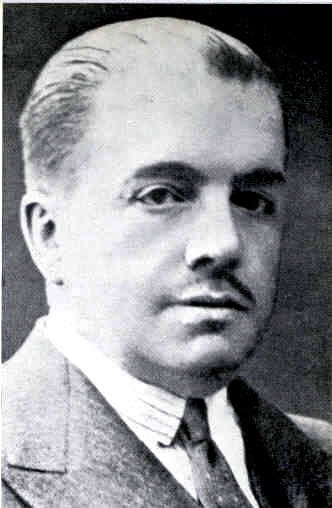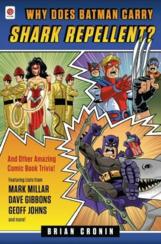Did the First Performance of Stravinsky’s “Rite of Spring” Seriously Cause a Riot?
Here is the latest in a series of examinations into urban legends about music and whether they are true or false. Click here to view an archive of the music urban legends featured so far.
MUSIC URBAN LEGEND: Igor Stravinsky’s The Rite of Spring caused a riot upon its first performance.
Besides being one of the most famous composers in the history of music (certainly one of the most famous of the past century), Igor Stravinsky (1882-1971) was known for being a bit of a maverick.

Stravinsky first came to international fame in the 1910s with two ballets for his longtime patron, fellow Russian, Sergei Diaghilev, which were performed by Diaghilev’s Ballets Russes (the Russian Ballet, essentially).

These two ballets were The Firebird in 1910 and the Petrushka in 1911.
While both ballets were acclaimed when they debuted in Paris by the Ballets Russes, neither work exactly stood out besides the work of a standard excellent ballet composer.
It was the THIRD work in the trilogy, however, that would make Stravinsky’s name legendary (to the point where if he had died in 1914, we’d still be talking about him today, and the guy lived until 1971, for crying out loud!).
That work was 1913’s The Rite of Spring.
The Rite of Spring was so powerful that Stravinsky actually wrote Petrushka (a light ballet) as an almost remedy to the darkness that surrounded The Rite of Spring.
When the ballet debuted at the Théâtre des Champs-Élysées in Paris in May of 1913, the world did not know what it was getting into.
Almost right away, Stravinsky’s strident attempts at dissonance via the bassoons drove the crowd a bit batty. No matter how strong a performance is, if the audience is expecting a whole other type of performance, they will react poorly, and the audience definitely reacted poorly here.
However, as it is wont to do, history has exaggerated the extent of the crowd’s displeasure. When referring to The Rite of Spring, the performance is often recited as “Oh yeah, the ballet performance that led to a riot!”
There really was not a riot, per se, the crowd just reacted very negatively to the performance. The best example, I’d say, would be to the Bob Dylan’s World Tour in 1966, where the crowds were less than receptive to his new, electric sound (which, too, sounded strident and dissonant to the audience). In fact, I believe Dylan, himself, drew the comparisons to Stravinsky at the time when asked how he was handling the booing.
The choreographer of the ballet, Vaslav Nijinsky, actually had to shout out the counts to the dancers because they could not hear the music over the crowd. The Paris police arrived around intermission time to restore order, but they did not have a lot of success.
However, it’s important to note that the entire performance WAS done – if the problem was as dire as some later accounts made it out to be, how could they possibly have gotten the performance done at all?
That’s why I think it is more like Dylan’s 1966 tour, where the crowd was loud, angry and disrespectful, but the performance still got done.
Diaghilev was actually thrilled with the reaction, as he was a firm believer in the “any publicity is good publicity” school of thought.
The show went on for all seven scheduled performances in Paris, and those went by without incident, which I also think lends credence to the view that it was not THAT big of a deal at the time.
It then went on to London and eventually the United States, but by then, the myth of the piece was almost as strong as the piece itself.
Walt Disney personally chose the piece for inclusion in Fantasia.

If a piece of music can be included in a Walt Disney film, it’s probably not as strident as those initial May audience members would have us believe, even if it is in such an “at the time high brow” film as Fantasia.
The legend is…
STATUS: An Exaggeration of a Basically True Story
Feel free (heck, I implore you!) to write in with your suggestions for future urban legends columns! My e-mail address is bcronin@legendsrevealed.com






An interesting side note: I got the Colecovision/Adam computer cartridge game ‘Frenzy’ (a little-known sequel to Berzerk) from a friend as a birthday gift in 1984 or thereabouts. Coleco had just shortly before that started incorporating ‘hold music’ when a game was paused. I paused Frenzy for the first time, and burst out laughing when the pause music turned out to be ‘Rites of Spring’.
Someone at Coleco knew the story and had a good sense of humor.
That’s hilarious!
Here’s an amusing side note: If you had the eighties vintage ColecoVision video game system, and the Frenzy game cartridge, and if you hit the pause button during play, the pause button music was Rites of Spring. THAT was one obscure joke.
That is, indeed, super obscure.